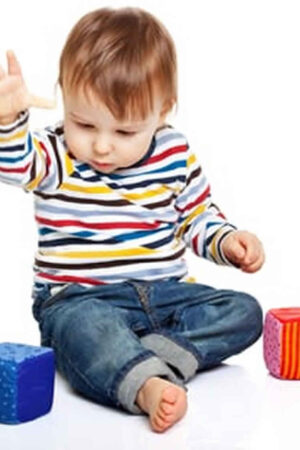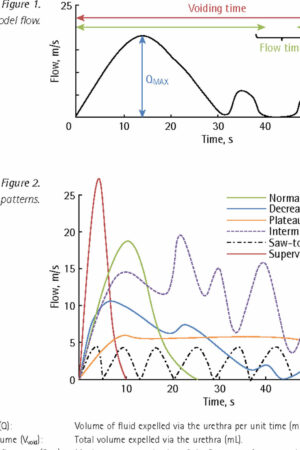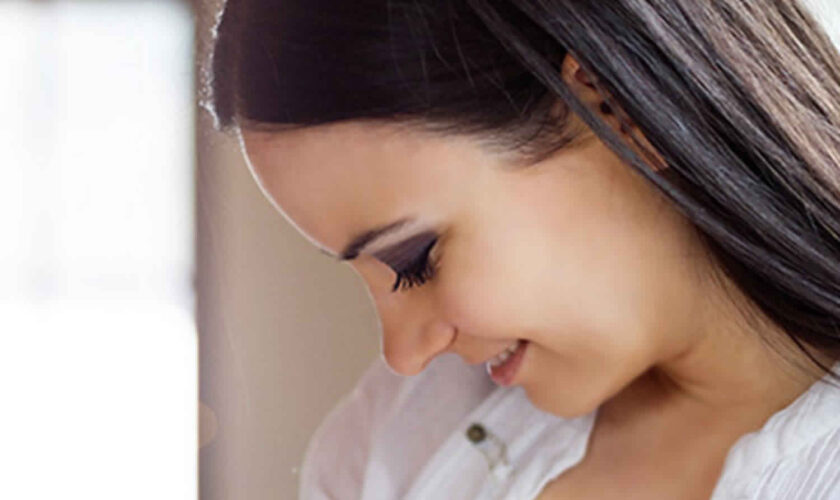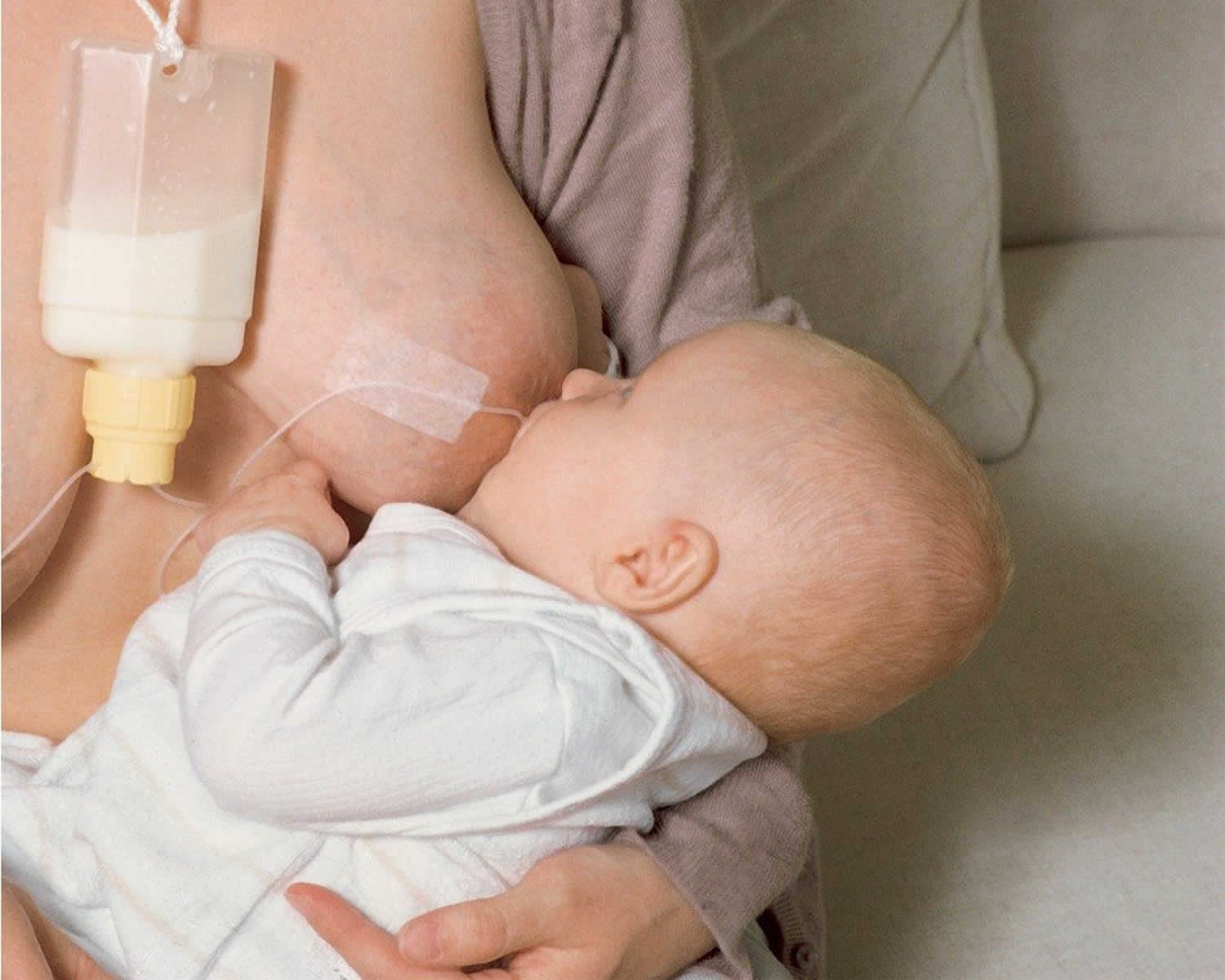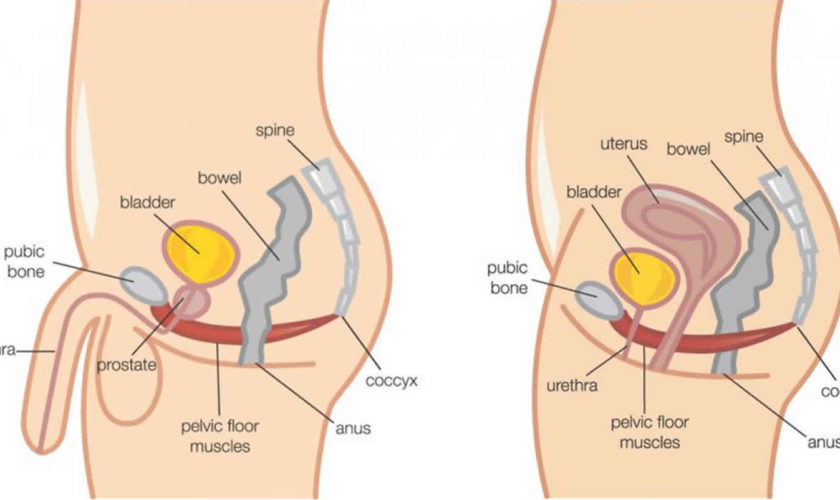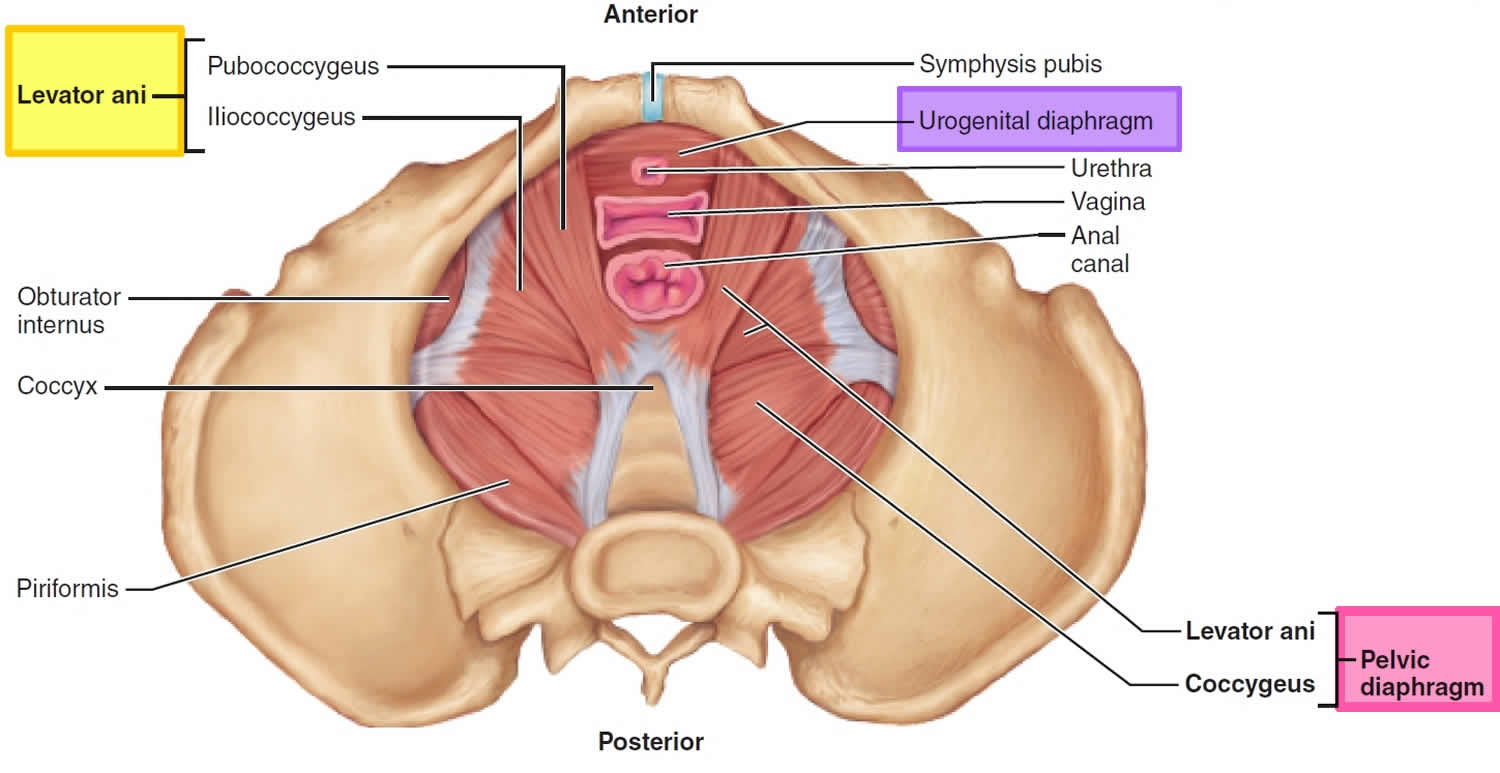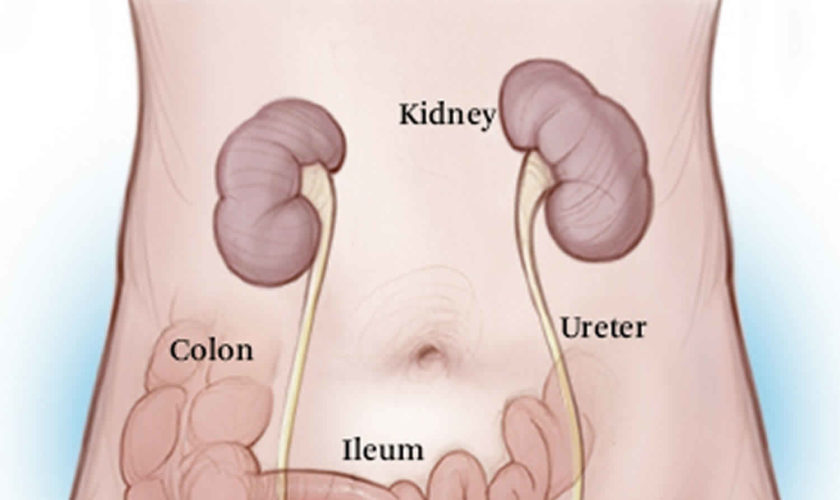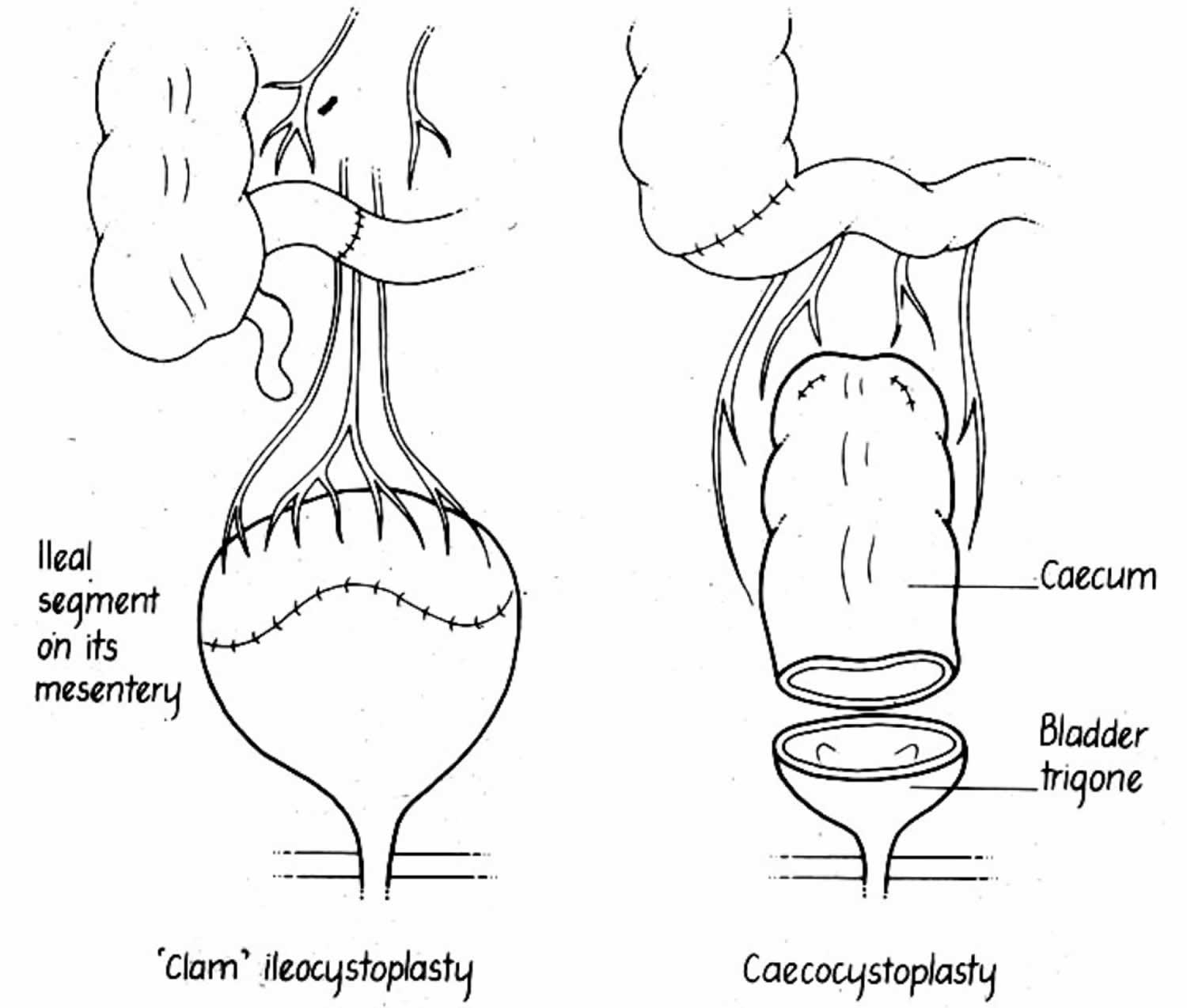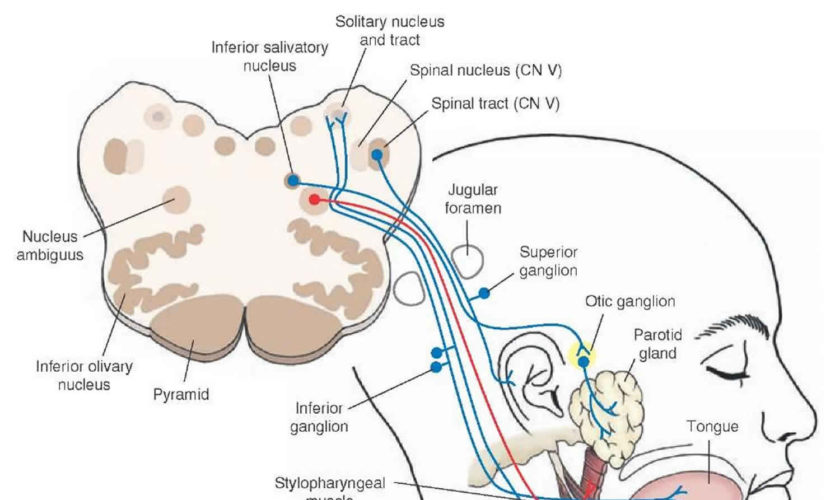Postmature baby
Postmaturity also called dysmaturity is a word used to describe babies born after 42 weeks. Very few babies are born at 42 weeks or later. Other terms often used to describe these late births include post-term, post mature infant, prolonged pregnancy, and post-dates pregnancy. Most women go into labor spontaneously by the time they are 42 weeks pregnant.
Typically, tests are started at 41 weeks to evaluate the fetus’s movement and heart rate and the amount of amniotic fluid (the fluid around the fetus), which decreases markedly in postmature pregnancies. Doctors use ultrasonography and may use electronic fetal heart monitoring to monitor the fetus’s status.
Postmature pregnancies increase the risk of problems such as:
- Difficult labor due to shoulder dystocia (the fetus’s shoulder lodges against the woman’s pubic bone, and the baby is caught in the birth canal)
- The need for cesarean delivery or operative vaginal delivery (with forceps or a vacuum extractor)
- Abnormal growth of the fetus (for example, an abnormally large fetus or abnormally small fetus)
- Too little amniotic fluid around the fetus (oligohydramnios)
- Problems with blood flow to the fetus, depriving the fetus or newborn of oxygen
- Passage of meconium (the fetus’s first stool) before delivery
- A newborn who needs care in a neonatal intensive care unit
- Death of the fetus or newborn
- Tears in the area between the opening of the vagina and anus (perineum)
- Excessive bleeding at delivery (postpartum hemorrhage)
Meconium (baby’s first stool) can sometimes be inhaled before or during delivery, causing the baby to have difficulty breathing shortly after birth. This disorder is called meconium aspiration syndrome.
A postmature fetus may have dry, peeling skin, overgrown nails, a large amount of scalp hair, deep creases on the palms and soles, little body fat, and skin that is stained green or yellow by meconium.
The normal length of pregnancy is 37 to 41 weeks. Early term is from 37 weeks to 38 weeks and 6 days. Full term is 39 weeks to 40 weeks and 6 days. Late term is 41 weeks to 41 weeks and 6 days. However babies rarely keep to an exact timetable, so a full-term pregnancy can be anywhere between 37 and 42 weeks. A baby born before 37 weeks is considered to be premature and anything past 42 weeks is considered overdue or postmature newborn.
If your labor doesn’t start by the time you are 41 weeks pregnant, your doctor may offer you a ‘membrane sweep‘ to see if this will trigger labor.
This involves having a vaginal examination, which stimulates the neck of your womb (known as the ‘cervix’) to produce hormones that may trigger natural labor. You don’t have to have this — you can discuss it with your midwife or doctor.
If your labor still doesn’t start naturally after this, your midwife or doctor will suggest a date to have your labor induced, which is when your doctor or midwife uses drugs or tools and techniques to get your labor to start.
If your pregnancy lasts longer than 42 weeks and you don’t want your labor to be induced, you should be offered increased monitoring to check your baby’s wellbeing every 3 to 4 days.
Your midwife or doctor will check that both you and your baby are healthy by giving you ultrasound scans and checking your baby’s movement and heartbeat. An ultrasound might sometimes show that your placenta isn’t supplying as much oxygen and as many nutrients to your baby as it was. There might also be other concerns about you or your baby. If your baby is not doing well, your doctor will again suggest that labor is induced or a cesarean section (C-section).
Induction is always planned in advance, so you’ll be able to discuss the advantages and disadvantages with your doctor and midwife, and find out why they think your labor should be induced. It’s your choice whether to have your labor induced or not.
If tests show that your baby is fine and your health is good, you might choose to wait and see whether labor starts naturally.
There is a higher risk of stillbirth or fetal compromise (your baby’s health being put at risk) if you go over 42 weeks pregnant, but not every pregnancy over 42 weeks is affected this way. At the moment, there is no way to find out which babies might be affected, so induction is offered to all women who don’t go into labor by 42 weeks.
Key points about postmaturity in the newborn
- Postmaturity is a word used to describe babies born after 42 weeks.
- Researchers don’t know why some pregnancies last longer than others.
- Postmaturity is more likely to happen when a mother has had a post-term pregnancy before.
- Your doctor may decide to start your labor early.
- An ultrasound test early in pregnancy can help your doctor figure out your baby’s age by checking the baby’s size.
What is a full-term pregnancy?
Pregnancy usually lasts about 40 weeks (280 days) from the first day of your last menstrual period also called LMP to your due date. Your due date is the date that your doctor thinks you will have your baby.
The American College of Obstetricians and Gynecologists and the Society for Maternal-Fetal Medicine define a full-term pregnancy as a pregnancy that lasts between 39 weeks, 0 days and 40 weeks 6 days. This means your pregnancy lasts between 1 week before your due date and 1 week after your due date. Babies born full term have the best chance of being healthy, compared with babies born earlier or later.
American College of Obstetricians and Gynecologists and Society for Maternal-Fetal Medicine use these definitions to describe term pregnancies:
- Early term: Your baby is born between 37 weeks, 0 days and 38 weeks, 6 days.
- Full term: Your baby is born between 39 weeks, 0 days and 40 weeks, 6 days.
- Late term: Your baby is born between 41 weeks, 0 days and 41 weeks, 6 days.
- Post term: Your baby is born after 42 weeks, 0 days.
In the past, a pregnancy that lasted anywhere between 37 to 42 weeks was called a term pregnancy. Health care providers once thought this 5-week period was a safe time for most babies to be born. In 2013, American College of Obstetricians and Gynecologists and the Society for Maternal-Fetal Medicine updated the definitions for term pregnancies because research shows that every week of pregnancy counts for the health of your baby. Lots of important things happen to your baby in the last few weeks of pregnancy. For example, your baby’s brain and lungs are still developing. Being pregnant for at least 39 weeks gives your baby’s body the time it needs to grow and develop.
These definitions can help more babies be born healthy by helping to prevent births that are being scheduled a little early for non-medical reasons. If your pregnancy is healthy, wait for labor to begin on its own.
Working out your due date
In order to calculate your baby’s due date, add seven days to the date of your last normal period (LMP) and then add nine months. For example, if your last period started on 1 March, adding seven days will make that 8 March. Then adding nine months will give a due date of 8 December. If your periods are irregular or you are unsure of the date, an ultrasound will help determine the development of the embryo and your due date. Ultrasound scans can be done at any stage of pregnancy after the first six weeks.
Due dates are usually calculated on your last period instead of the date of conception because of a number of reasons.
- Although the average woman ovulates (releases an egg) approximately 2 weeks after her period, the exact time is not always known.
- Once an egg has been released, it can remain fertile for up to 24 hours.
- Sperm can last for up to 7 days after intercourse to fertilize an egg.
Some doctors will refer to your due date as ‘expected date of confinement’ or EDC.
What is gestational age?
Gestational age refers to how far along the fetus is. The gestational age is the number of weeks between the first day of the mother’s last menstrual period and the day of delivery. This time frame is often adjusted according to other information doctors receive, including the results of early ultrasound scans, which give additional information regarding the gestational age. The baby is estimated to be due (the due date) at 40 weeks of gestation.
Newborns are classified by gestational age as:
- Premature: Delivered before 37 weeks of gestation
- Full term: Delivered at 37 to before 41 weeks of gestation
- Late term: Delivered at 41 to before 42 weeks of gestation
- Post term: Delivered at 42 weeks of gestation
Postterm delivery is much less common than premature (preterm) delivery. Why a pregnancy continues beyond term is usually unknown. Women who have had one postterm delivery are at increased risk of having another one.
Postmaturity in the newborn causes
Researchers don’t know why some pregnancies last longer than others. Postmaturity is more likely when a mother has had one or more previous post-term pregnancies. Sometimes a mother’s pregnancy due date is off because she is not sure of her last menstrual period. Getting the date wrong may mean the baby is born earlier or later than expected. Getting an ultrasound in the first trimester (the first 12 weeks) is the most accurate way to tell the date of pregnancy, unless the date of conception is specifically known, such as with in vitro fertilization (IVF).
Why is postmaturity a concern?
Postmature babies are born after the normal length of pregnancy. The placenta, which supplies babies with the nutrients and oxygen from the mother’s circulation, begins to age toward the end of pregnancy, and may not function as efficiently as before. Other concerns include the following:
- Amniotic fluid volume may decrease and the fetus may stop gaining weight or may even lose weight.
- Risks can increase during labor and birth for a fetus with poor oxygen supply.
- Problems may occur during birth if the baby is large.
- Postmature babies may be at risk for meconium aspiration, when a baby breathes in fluid containing the first stool.
- Hypoglycemia (low blood sugar) can also occur because the baby has already used up its glucose-producing stores.
Who is at risk for postmaturity in the newborn?
Postmaturity is more likely to happen when a mother has had a post-term pregnancy before. After one post-term pregnancy, the risk of a second post-term birth increases by 2 to 3 times. Other, minor risk factors include:
- First pregnancy
- Male baby
- Older mother
- Obese mother
- Mother or father with personal history of postmaturity
- White mother.
Postmaturity in the newborn prevention
Knowing your due date is the best way to know if your baby may be post-term. Keep track of the first day of your menstrual period. This can help estimate a baby’s due date. An ultrasound test early in pregnancy can also help your healthcare provider figure out your baby’s age by checking the baby’s size. Ultrasound is also a good way to check the placenta for signs of aging.
Post mature baby
Post mature baby or post mature infant is a baby delivered after gestational age of 42 weeks. Post mature newborns often have dry, peeling, loose skin and may appear abnormally thin (emaciated), especially if the function of the placenta was severely reduced. The fingernails and toenails are long. The umbilical cord and nails may be stained green if meconium was present in the amniotic fluid.
Near the end of a term pregnancy, the function of the placenta decreases, providing fewer nutrients and less oxygen to the fetus. Low blood sugar (glucose) is a particular problem in postterm newborns.
Postmature newborns have dry, peeling, loose skin and may appear abnormally thin because they have not received sufficient nutrition at the end of the pregnancy. The diagnosis is based on the appearance of the newborn and the estimated date of delivery.
Typically treatment focuses on providing good nutrition and general care.
Some post mature newborns are not breathing at birth and need to be revived (resuscitated).
Near the end of a term pregnancy, the level of amniotic fluid decreases and the placenta (the organ that provides nourishment to the fetus) becomes smaller and less effective in providing oxygen and nutrients. To compensate, the fetus begins to use its own fat and carbohydrates (sugars) to provide energy. As a result, its growth rate slows, and its weight may even decrease.
Complications during and after delivery
If the placenta shrinks enough, it may not provide adequate oxygen to the fetus, particularly during labor. A lack of adequate oxygen may result in fetal distress (signs that the fetus is not well) and, in extreme cases, may result in injury to the brain and other organs.
Fetal distress can cause the fetus to pass meconium (the fetus’ stools) into the amniotic fluid. The fetus may reflexively take deep, gasping breaths triggered by the distress and thereby inhale the meconium-containing amniotic fluid into the lungs before birth. As a result, the newborn may have difficulty breathing after delivery (meconium aspiration syndrome).
If the pregnancy continues significantly beyond term, the fetus may die.
After delivery, postterm newborns are prone to developing low blood sugar (glucose) levels (hypoglycemia) because they have exhausted their supply of stored fat and carbohydrates.
Postmaturity in the newborn symptoms
Each baby may show different symptoms of postmaturity. The following are the most common symptoms of postmaturity. However, each baby may show different symptoms of the condition.
Some of those symptoms are:
- Dry, loose, peeling skin
- Overgrown nails
- Large amount of hair on the head
- Visible creases on palms and soles of feet
- Small amount of fat on the body
- Green, brown, or yellow coloring of skin from baby passing stool in the womb
- More alert and “wide-eyed”
Symptoms of postmaturity sometimes look like other health conditions. Make sure your child sees his or her doctor for a diagnosis.
Postmaturity in the newborn possible complications
Post-term babies are born after the normal length of pregnancy. Because of this they may grow larger than full-term babies. This may be a problem during labor and delivery.
Also, because the placenta ages toward the end of pregnancy, it may not work as well as before. Concerns from placental aging include:
- Less amniotic fluid. This may stop the baby from gaining weight or may even cause weight loss.
- Poor oxygen supply. Babies who don’t get enough oxygen may have problems during labor and delivery.
- Meconium aspiration. Babies who stay in the womb longer are more likely to breathe in fluid containing meconium.
- Hypoglycemia or low blood sugar. This happens when the baby has already used up his or her stores of glucose.
Postmaturity in the newborn diagnosis
Postmaturity is usually diagnosed by a combination of assessments, including the following:
- Your baby’s physical appearance
- The length of your pregnancy
- How old your baby appears to be or your baby’s assessed gestational age
Postmaturity treatment
Your healthcare provider will check your unborn baby’s health and look for any problems. Testing may be done for a post-term pregnancy to check fetal well-being and identify problems.
Tests may need to be done such as:
- Ultrasound
- Nonstress testing. This looks at how the fetal heart rate responds to fetal movement.
- Checking the amount of amniotic fluid volume
The decision to induce labor for post-term pregnancy depends on many factors. During labor, your baby’s heart rate may be watched with an electronic monitor. This will help spot changes in the heart rate caused by low oxygen levels. Changes in your baby’s condition may require a cesarean delivery.
If a pregnancy goes beyond term, inducing labor in the mother can decrease the risk of newborn death, decrease the need for cesarean delivery, and decrease the possibility that the baby will have meconium aspiration syndrome. Postmature newborns who have low oxygen levels and fetal distress may need to be urgently delivered by cesarean delivery and may need to be revived (resuscitated) at birth.
Special care of the post-term baby may include:
- Checking for breathing problems caused by baby’s breathing in fluid containing the first stools (meconium)
- Blood tests for low blood sugar (hypoglycemia).
If the baby has breathed meconium into the lungs or is having trouble breathing because of another problem, doctors may give an injection of surfactant (a material that coats the inside of the air sacs and makes it easy to breathe). A machine that helps air get in and out of the lungs (ventilator) and oxygen may be needed to support breathing.
Sugar (glucose) solutions given by vein (intravenously) or frequent breast milk/formula feedings are given to prevent or treat hypoglycemia.
If complications do not occur, the major goal is to provide good nutrition so that postterm newborns can catch up to the weight that is appropriate for them.



